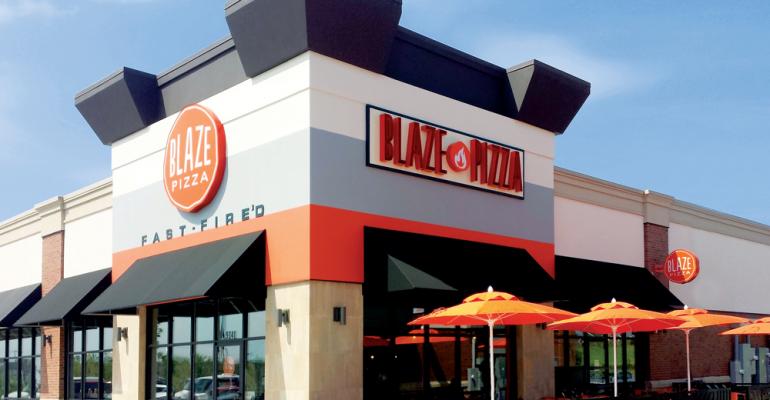 This is part of the Nation’s Restaurant News annual Second 100 report, a proprietary ranking of restaurant brands Nos. 101-200 by U.S. systemwide sales and other data. This report is a companion to the Top 100 report.
This is part of the Nation’s Restaurant News annual Second 100 report, a proprietary ranking of restaurant brands Nos. 101-200 by U.S. systemwide sales and other data. This report is a companion to the Top 100 report.
Unit-level sales growth among Second 100 chains was where the rubber met the road in 2016, a challenging year in terms of traffic across all 10 segments tracked.
Six of the Second 100 segments — Beverage-Snack, Pizza, Family Dining, LSR/Burger, LSR/Sandwich and LSR/Specialty — saw positive growth in average Estimated Sales Per Unit in the Latest Year. Four Second 100 segments — LSR/Mexican, Casual Dining, Bakery Café and In-Store — saw average ESPU growth decline.
Beverage-Snack chains had average growth in ESPU of 3.6 percent in the Latest Year —– bettering the average growth rates of their peers in all other Second 100 segments. Pizza had the second highest rate of average growth in ESPU, at 2.2 percent, followed by Family, with a 2-percent average gain.
Average ESPU among chains in the Pizza segment rose to $1.16 million in the Latest Year, from $1.15 million in the Preceding Year. Blaze Fast-Fire’d Pizza exceeded the average, growing ESPU to $1.34 million in the Latest Year, from $1.3 million in the Preceding Year.
Blaze Pizza stayed on a path the chain set in 2014 and 2015 to produce strong unit-level sales trends in the Latest Year. That improvement, along with Second 100-leading year-over-year growth in U.S. units of 61 percent, made Blaze the Second 100 sales-growth king, with a Latest-Year bump of 81.9 percent.
Jim Mizes, who was promoted to president and CEO of the Pasadena, Calif.-based Blaze Pizza in May, said the 2016 increases built upon a multi-pronged approach to the business.
“Growth in 2016 is a result of the forward investing in people, systems, marketing, training and real estate that we made in 2014 and 2015,” Mizes said.
“After all, growth is a function of the highway or foundation laid the year before.”

Growth in a competitive environment, especially fast-casual pizza, depended on investing in multiple areas, Mizes said.
“We know that retail and growth is about tweaking a thousand different dials, and we sweat the details to move quickly and to do it well,”
he said.
In addition to signing more than 25 franchise partners to open restaurants in 2016, Mizes said, Blaze Pizza nurtured a pipeline of development and “built up our real estate team to support our franchisees.”
Blaze also improved and streamlined the design process of its restaurants, while also keeping an eye on operations and staff training, he said.
“Our operations and training team expanded in quantity and quality feedback systems to help our franchisees operate better. As a result we improved our guest scores,” Mizes said.
Blaze Pizza ended 2016 with 169 restaurants, 163 of which were franchised units. The Pizza chain also made sure its marketing program was focused on customers.
“We launched our app with loyalty and mobile pay while also introducing new salads, agua frescas, draft beer and new bottle beverages, pure cane sugar sodas on the fountain, new desserts and more,” Mizes said.
Consumer demands played into Blaze Pizza’s menu, which is free of artificial colors, preservatives and flavors, he said, and plays up the restaurant’s fire ovens.
“Simply said, this makes our food taste better and delivers consistency,” Mizes said. “Then we layer on value with an experience that is fast and friendly in a space that is simply energizing and fun. By listening to our guests and having a deep understanding of Millennials and Gen Z, we remain relevant, authentic and part of their lifestyle.”
Rick Wetzel, co-founder of Blaze, said unit-level success depended on the planning of the preceding years.
“We laid out the vision, and we never strayed from the path,” he said.
Contact Ron Ruggless at [email protected]
Follow him on Twitter: @RonRuggless





